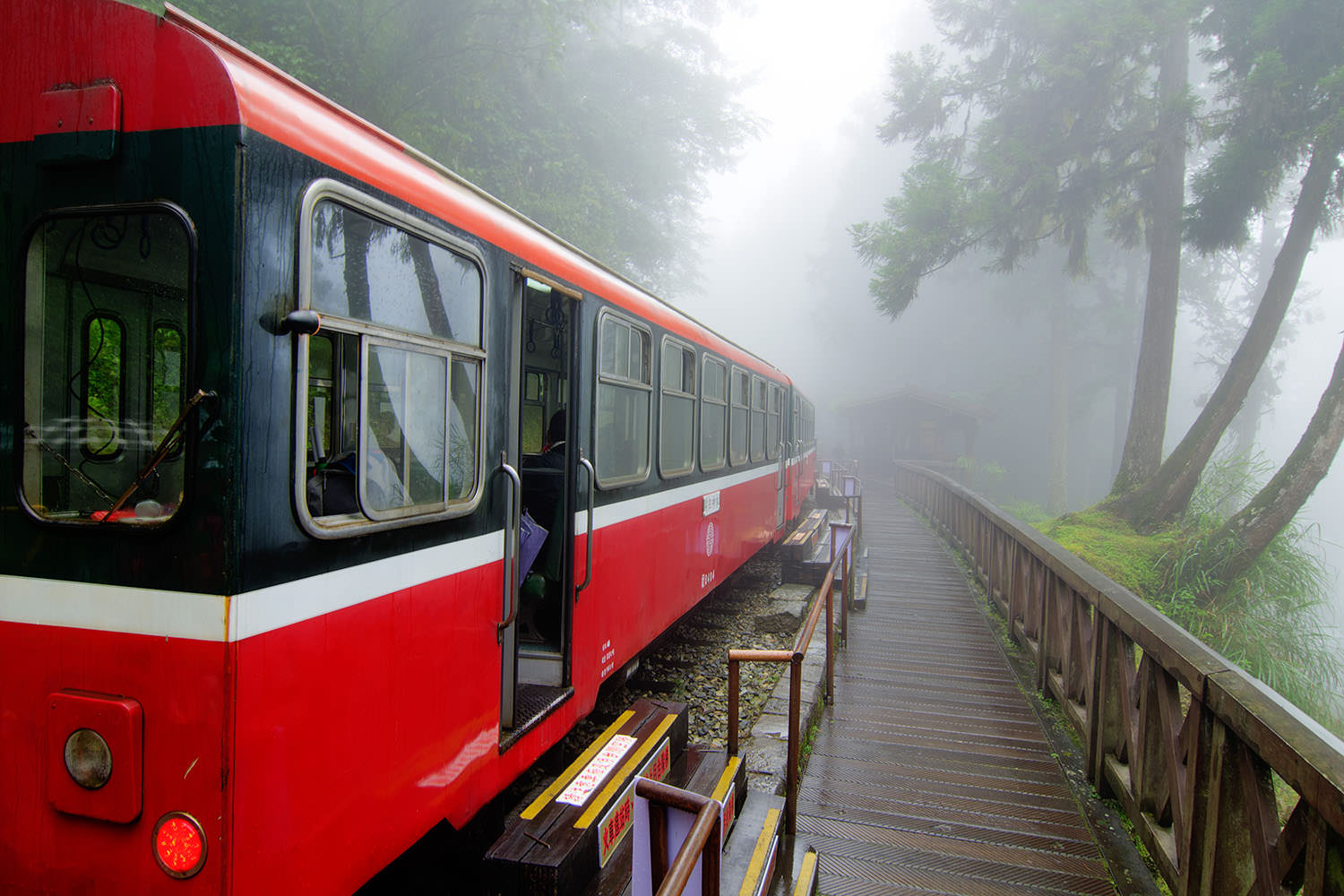
Chiayi
- Home
- Chiayi
Top 10 Must-Visit Chiayi Attractions|Bucket List Guide
 1
1Xingang Fengtian Temple
Fengtian Temple enshrining the goddess Mazu as its primary deity is a well-known attraction in Xingang, Chiayi. As the tradition holds, Mazu is a sea goddess who protects and saves people's lives during their journeys at sea. To celebrate her blessings, a Qing general received the support from the government and started to build a temple dedicated to Mazu. That explains why Fengtian Temple is much more imposing and delicate in appearance than other local temples.
Besides the primary deity Mazu, Fengtian Temple also worships the Tiger General who acts as the guardian angel of children. Rumor has it that the Tiger General was notorious for its cruelty and brutality when it was still a tiger as an animal. People then prayed to the Lord of the Soil and the Ground to stop this villain, who then was subdued by the Lord and kept from hurting people ever since. The tiger further became the mount of the Lord and has been possessing mystical powers. Normally, the Tiger General is venerated under the shrine. However, at Fengtian Temple, it is mysteriously present on the table along with an incense burner.
With an abundance of historical records and architectural features, Fengtian Temple has always been one of the centers of faith in central and southern Taiwan. This is a place not to be missed for those into exploring the history and culture of Taiwan.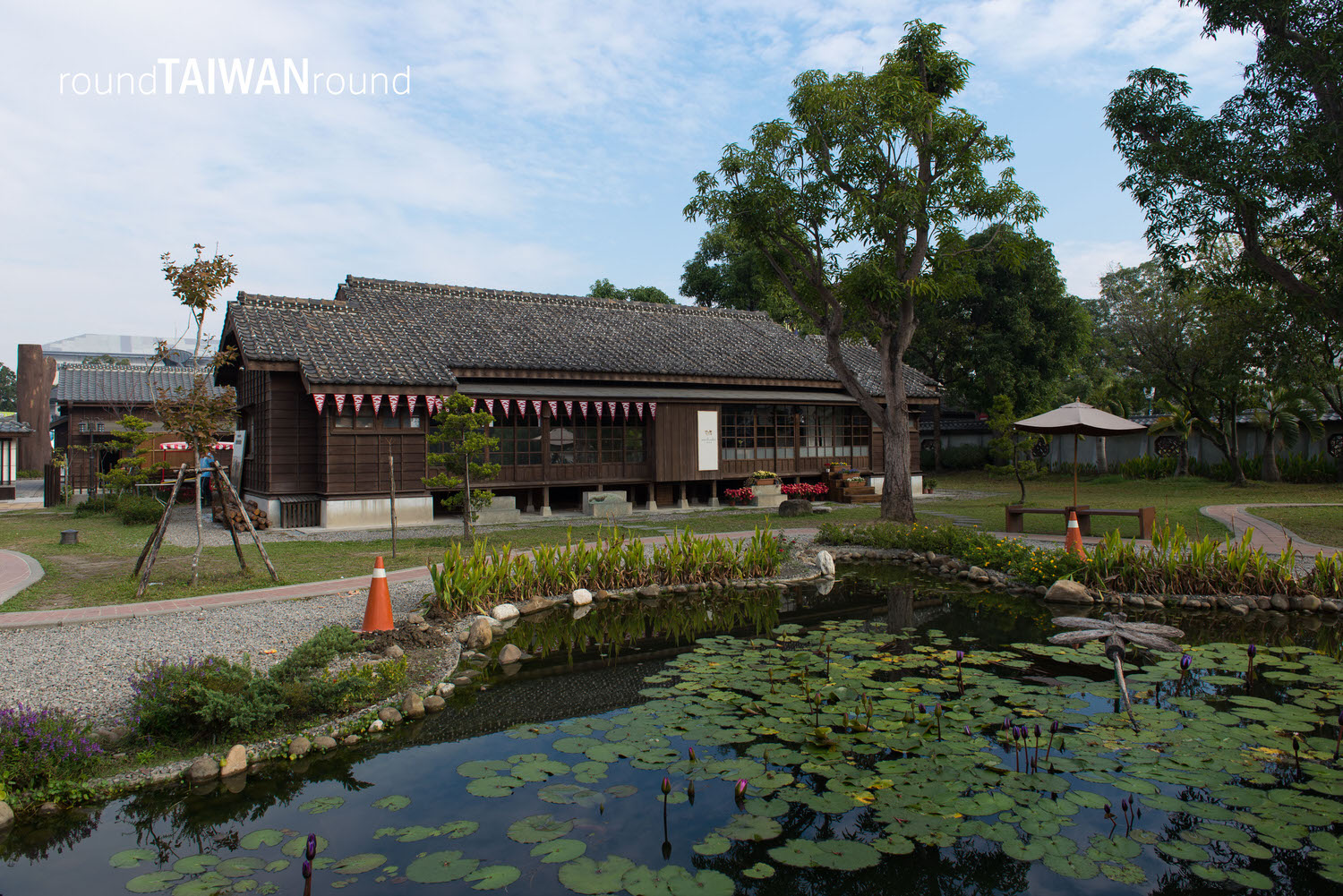 2
2Hinoki Village
When you come to the city of Chiayi, known as the ""Forest City,"" one of the most popular attractions is the Hinoki Village (檜意森活村). It is the most well-preserved Japanese-style dormitory group in Taiwan to this day, due to the prosperity of the forestry industry in the past, specializing in ""Hinoki"" production. The area used to be a residential settlement that thrived on the forestry industry, but it has now been transformed into a cultural and creative park.
There is no admission fee to enter Hinoki Village (檜意森活村), and there are 3-4 car parks nearby. The outdoor park is open 24 hours, while the indoor exhibition hall is open from 10:00 to 18:00 (closed on New Year's Eve). There are free guided tours available, but for a more in-depth understanding of the past and present of Hinoki Village (檜意森活村), visitors can join a 40-60 minute paid tour to learn about the charming history of the settlement, which consists of 28 Japanese-style Hinoki wooden buildings.
The park is home to a wide variety of specialty shops, and the most popular experiences include trying on a kimono, allowing visitors to dress in Japanese kimonos and travel through the hundred-year history of Taiwan, reminiscing about the ""Hinoki-cho"" during the Japanese colonial period. Walking among the 29 century-old Japanese wooden historical buildings, one can relive the former glory of the Hinoki Village (檜意森活村), as if experiencing an ancient Japanese town in Kyoto.
Hinoki Village (檜意森活村) has as many as 30 to 40 shops, and the recommended local delicacies in the park include tofu pudding, frosty ice cream, ai-yu jelly, and Japanese-style coffee houses. It is suggested to spend 1 to 2 hours savoring the leisurely and relaxed travel time.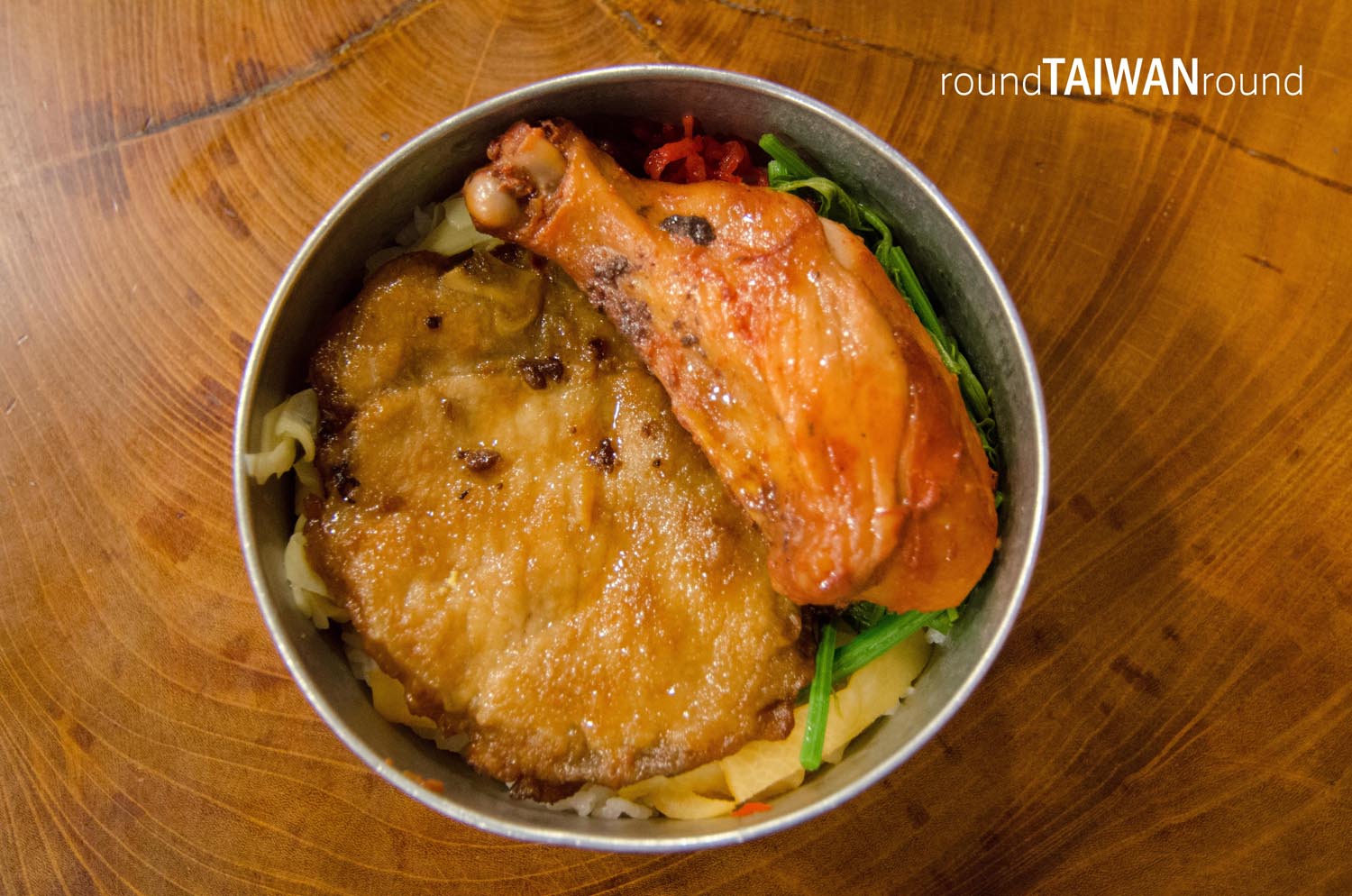 3
3Fenqihu
Famous for the “railway lunchbox,” Fenqihu is a historic train station that makes a popular pit-stop on the way to Alishan. Before 1910, there was no road to Alishan as there is today, and the only way to travel between Chiayi City and Alishan was by train, which often took hours. At that time, all the trains coming from the level section would have to stop at some point to replenish water and coal. Fenqihu became the largest stop-off point of Alishan Forest Railways. The train departed in the morning and arrived at Fenqihu at noon. Usually, it took thirty minutes to replenish the supplies, and most passengers would grab a railway lunchbox packed with rice and topped with dishes such as pork chop, chicken drumstick, marinated egg and pickled vegetables. Ever since then, Fenqihu has been known as the “Bento Kingdom.”
However, the economic structural change resulted in the decline of traditional industries such as logging, and Alishan Forest Railway is not as essential as it was when the timber industry was still thriving. Today, the trains no longer carry timber from the forests; instead, they ferry holidaymakers to and fro. Even though visitors could drive there themselves, but most of them would choose to travel on the nostalgic train while being surrounded by the misty forests in a mild temperature. Walking along the 1.2-kilometer-long trail and passing through groves of tortoise-shell bamboo, you will arrive at the ruins of a Japanese shinto shrine hidden in the forest. This short stroll is nice and cool especially in spring and summer. Before leaving Fenqihu, be sure to have a delicious railway lunchbox and take a stroll along the old street. When the night falls, you might even spot little dancing fireflies creating a magical illusion in a completely natural setting of enchanted forests – this will be the experience of a lifetime in early spring.
As tourists started to flood in, the historic neighborhood around Fenqihu Station is getting more and more commercialized. If you are keen on having a real look at this old town, pass through the food court, travel down the time tunnel and back in time to revisit the old Taiwan fifty years ago, where you will see the nostalgic streets, old-fashioned record stores and slogans raised during the years of martial law.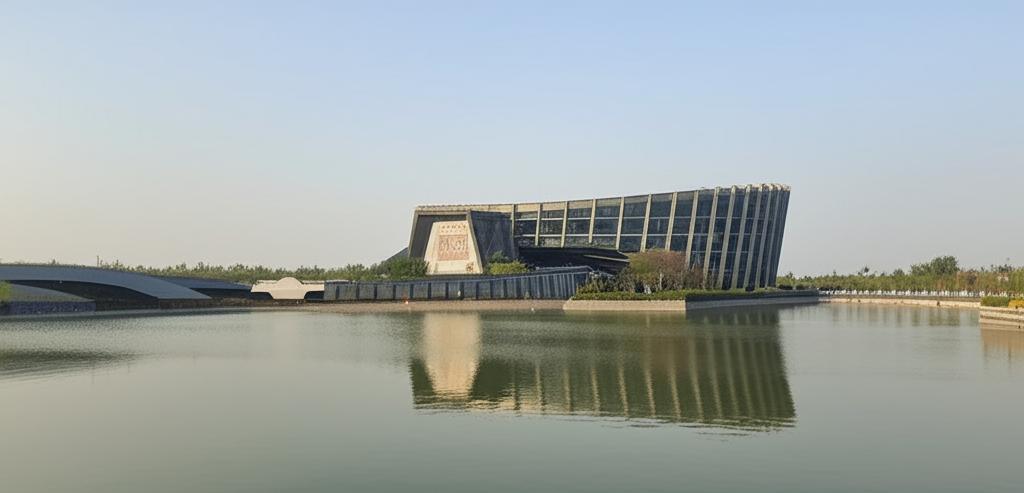 4
4Southern Branch of the National Palace Museum
The Southern Branch of the National Palace Museum, commonly referred to as the Southern Palace, is located in Taibao City, Chiayi County, Taiwan. As one of the two main branches of the National Palace Museum, it is positioned as a museum of Asian art and culture, establishing its own unique identity. The Southern Palace focuses on exhibiting cultural relics while also encompassing a broader perspective of Asian culture, allowing visitors to gain an in-depth understanding of various aspects of Asian art.
The history of the Southern Palace can be traced back to 2001, when its preparation symbolized a significant investment by Taiwan in the field of cultural arts, with the location confirmed in 2003. The project was ultimately included in the New Ten Major Construction Projects and officially commenced trial operations at the end of 2015. Despite delays in its opening, this innovative museum eventually welcomed its first group of visitors, becoming an important destination for culture enthusiasts.
The Southern Palace is characterized by its exhibition and educational functions; it not only showcases historical artifacts but also provides learning opportunities for visitors through diverse artistic and cultural experiences. The various educational activities and cultural events in the area are designed to spark public interest in Asian culture, allowing attendees to enrich their knowledge while appreciating art. In terms of architectural design, the Southern Palace presents a modern feel, complemented by meticulously planned surroundings that feature multiple landscaped gardens and artificial lakes, creating an elegant space for visitors to stroll and relax.
In terms of outdoor installation art, the Southern Palace resembles a large art park, featuring works such as "Phoenix Tailed Droplets Lake" and "Cordillera Ceramics" puzzle blocks, providing excellent backdrops for photo opportunities. Additionally, the artificial lakes are not only aesthetically pleasing but also serve flood prevention functions, allowing visitors to enjoy a serene ecological environment during their visit. Through these facilities, the Southern Palace encourages the public to explore and experience the depth of Asian art and culture, fulfilling its mission as a platform for cultural exchange.
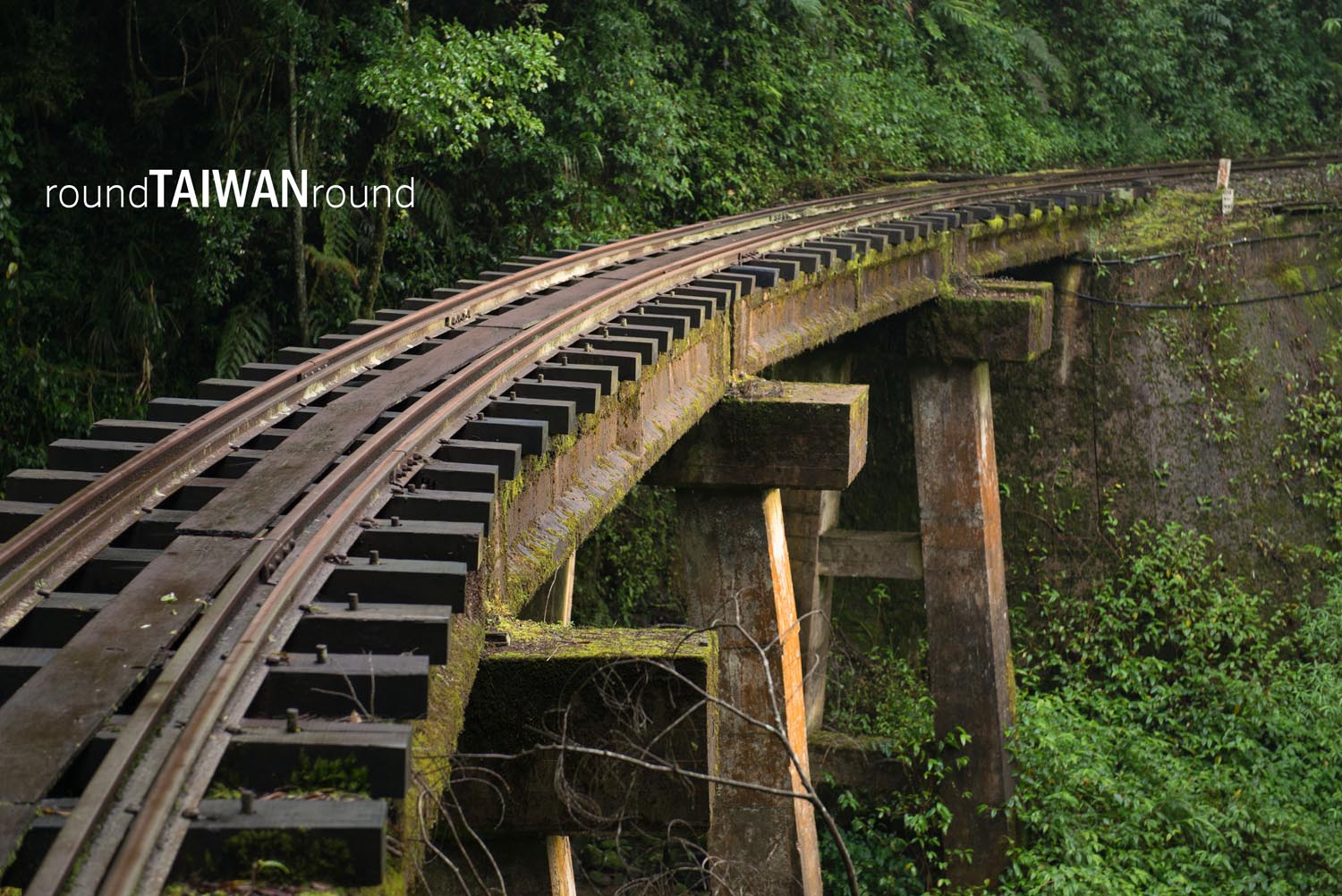 5
5Alishan Forest Railway
The five wonders of Alishan include the railway, the forest, the sea of clouds, the sunrise and the sunset. In 1895, the Treaty of Shimonoseki (馬關條約) was signed and followed by the Japanese rule of Taiwan. The Japanese soon discovered the rich forests of precious trees in Alishan. From 1906 on, the Japanese colonial government started to build extremely difficult mountain railway routes to facilitate logging. By the year of 1920, the Alishan Forest Railway could be used to transport logs out from the forest and have been serving as a passenger train as well. The nostalgic train takes you all the way to Zhushan Station (祝山站) at an altitude of 2,451 meters above sea level – the highest point in the Taiwanese railway system.
When train travels to Dulishan (獨立山), there will be a long climb, and the corkscrewing starts from here. To adapt to the environment, the train has to spiral up around the mountain in order to reach the top. As there is no possibility for another loop due to the lack of space on the mountain top, the train finishes the Dulishan section in a figure-eight loop. However, a zigzag alignment will be necessary to ascend very steep gradients where there is no enough space for spirals as up on Dulishan, so the train must reverse direction in order to continue. In other words, the train can actually go backwards! This is the so-called “Alishan Switchback.”
Today, the trains no longer carry timber from the forests; instead, they ferry holidaymakers to and fro. From Alishan Station, you will be travelling on the nostalgic train while being surrounded by the misty forests in a mild temperature. Once you reach Zhaoping Station (沼平站), Zhaoping Park with an altitude of 2,274 meters will welcome you with the spectacular view of Alishan. You could even head to the most acclaimed highlight of Alishan — Giant Tree Trail (巨木群棧道), where the millennia-old trees like cypress, yellow cedar and spruce dominate the sacred forests.
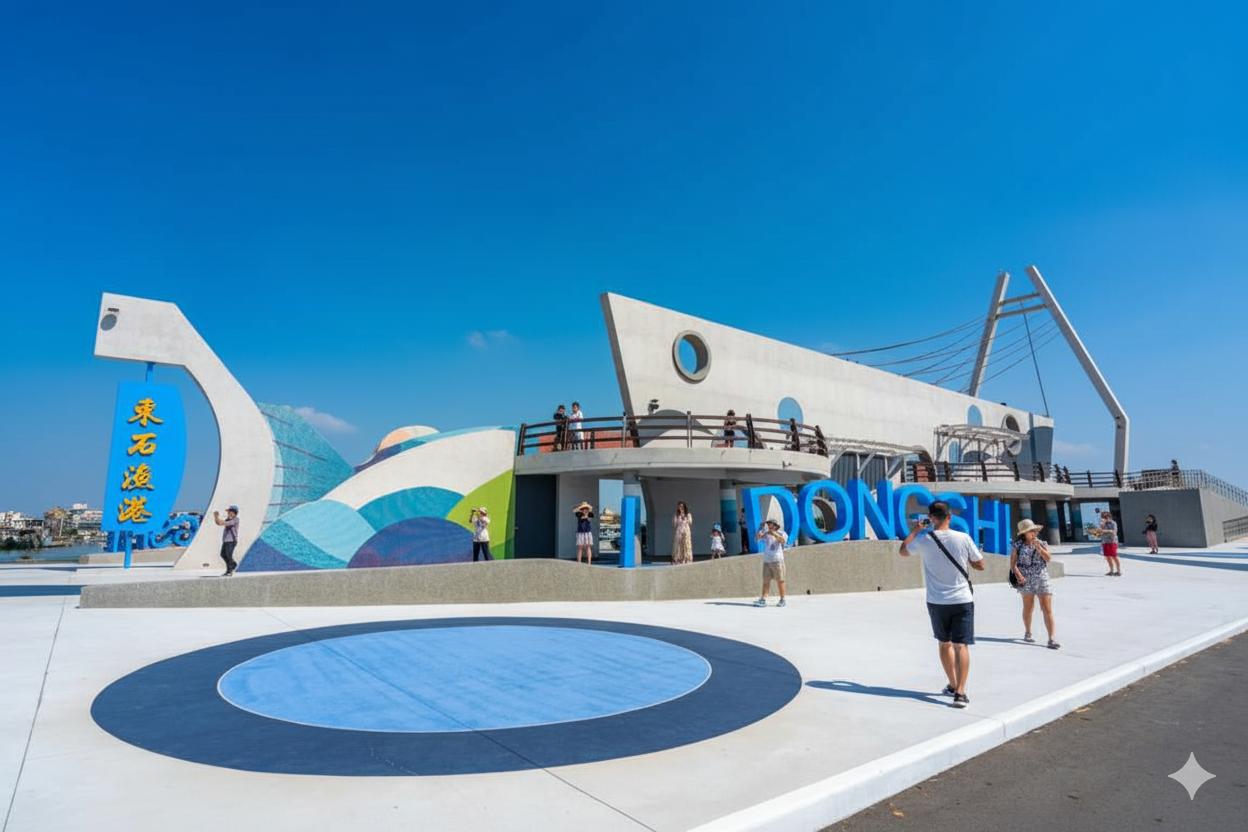 6
6Dongshi Fisherman's Wharf
Dongshi Fisherman's Wharf is a versatile seaside resort designed around the elements of "wind, sunshine, fish, boats, ocean, and lighthouse." The most eye-catching feature is a row of vibrantly colored exotic cottages, which, along with main facilities like the ocean-view pavilion and seaside promenade, seamlessly blend the harbor’s original function with tourist recreation.
It's not only a prime spot for catching a magnificent sunset and savoring fresh seafood, but it also offers a popular kid-friendly water play area. Lifelike fisherman sculptures and colorful public art installations are scattered throughout the park, vividly interpreting the local fishing village culture. The fish auction market, bustling every day starting at 2 PM, is full of local energy, while the wooden walkway extending to the sea dike offers stunning views of the Taiwan Strait, making it one of Chiayi’s most popular photo-worthy destinations.
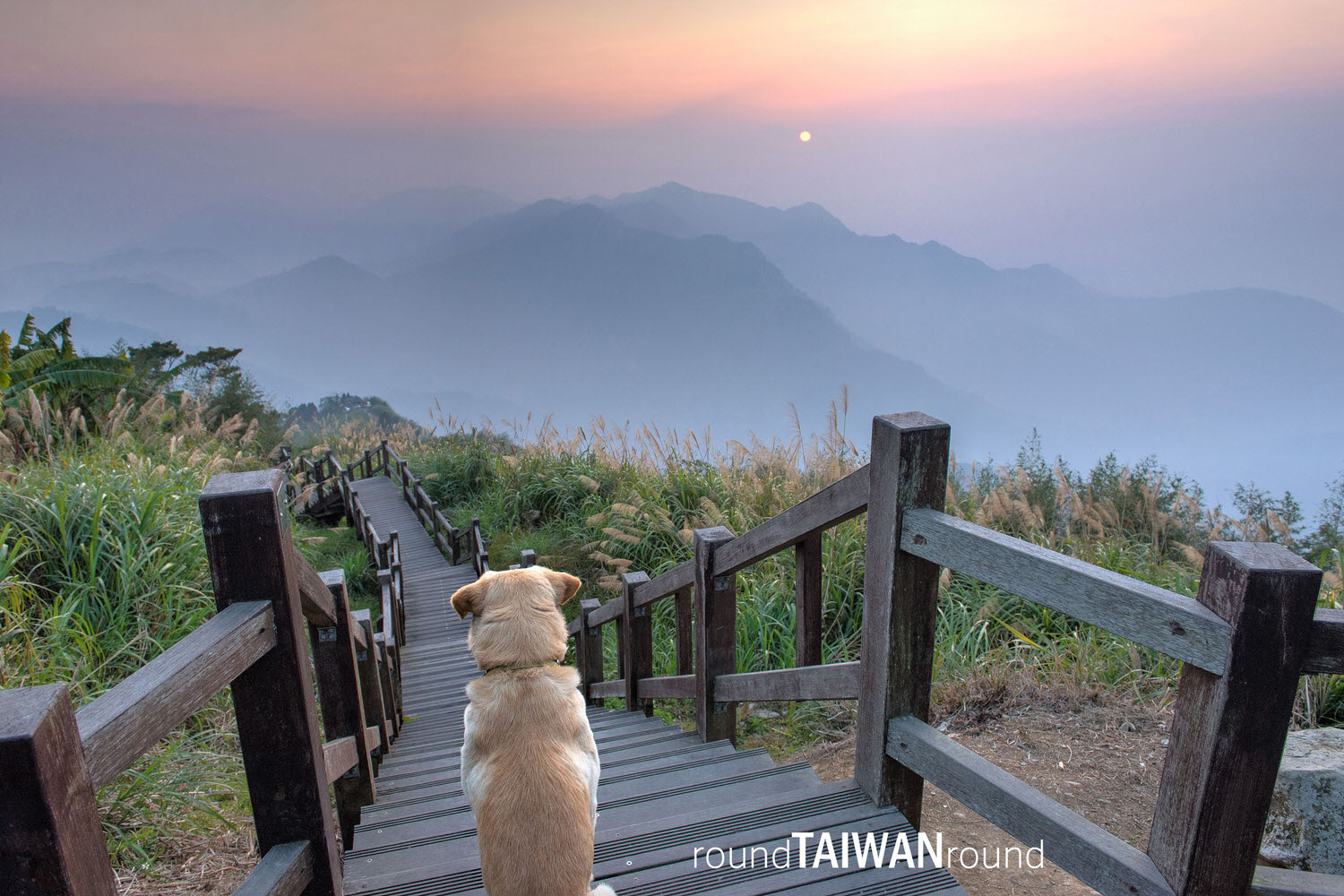 7
7Eryanping Trail
The Eryanping Trail (二延平步道) is a must-visit attraction when you go to Alishan, in addition to enjoying the Alishan sunrise and exploring the forest recreation area. The trail offers excellent panoramic views, making it an ideal spot to capture the sunset and sea of clouds, and it's a popular location for photography. The one-way walking time along the trail is about 60 minutes, and in winter, there is a chance to see cloud waterfalls and sea of clouds.
The entire trail consists of stairways and requires a moderate amount of physical effort. Along the way, you'll pass through bamboo groves, tea plantations, and observation decks, with the terrain providing a commanding view of Chiayi City. Most parts of the trail are shaded, so it's not too hot. It generally takes about an hour for the average person to reach the mountaintop, or you can walk to the first observation deck (where vendors sell fruits and drinks) and then return, which is also a great option.
At the end of the trail, there is a pavilion and three observation decks, one of which has a live monitor facing west. Note that the mountaintop observation deck can be reached by driving up the industrial road, but the road is narrow and not suitable for many cars; only about 5 or 6 small cars can be parked at the mountaintop.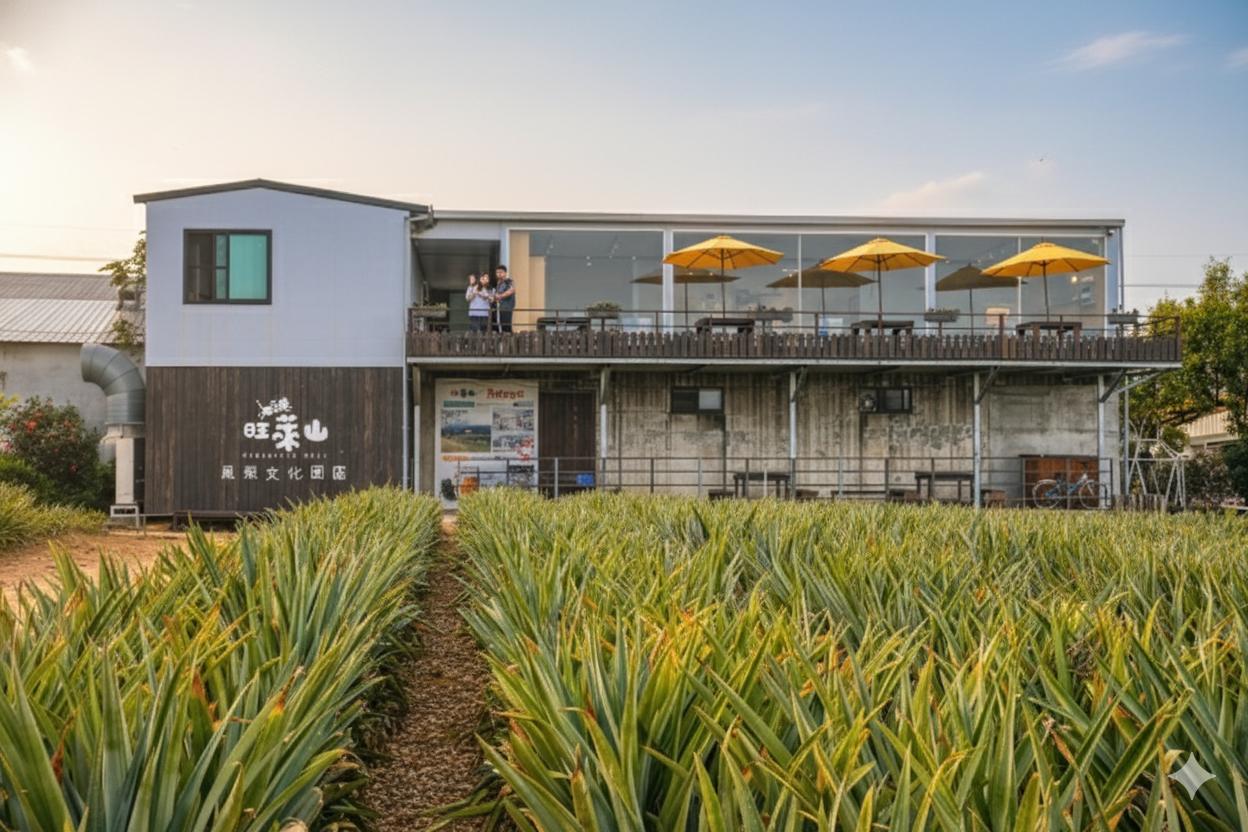 8
8Pineapple Hill
Located near National Chung Cheng University in Chiayi, the Pineapple Hill takes its name from the abundance of pineapples grown in the Minxiong area. It's named "Wanglai" (the Taiwanese pronunciation for "pineapple"), which carries an auspicious meaning of prosperity. The park is designed as a unique tourist factory centered on promoting Minxiong's famous pineapple cakes. To ensure visitors have a full experience, the factory generously offers free samples of hot tea and pineapple cakes for tasting.
The immense popularity of Wanglai Mountain's native pineapple cakes is attributed to its commitment to top-tier ingredients: the filling uses pineapples that are locally harvested and freshly processed from an expert grower who has won the prestigious Shennong Award and holds the GAP (Good Agricultural Practice) safety certification, guaranteeing optimal flavor and freshness. The outer crust, meanwhile, is made from a blend of premium ingredients, including free-range eggs, Japanese artisan flour, European imported milk powder, and premium French butter, which delivers a delicate, buttery, and crisp texture. This location is more than just a place to buy pineapple cakes; it's an ideal park for visitors to delve into Minxiong’s local pineapple culture and its high-quality baking craftsmanship.
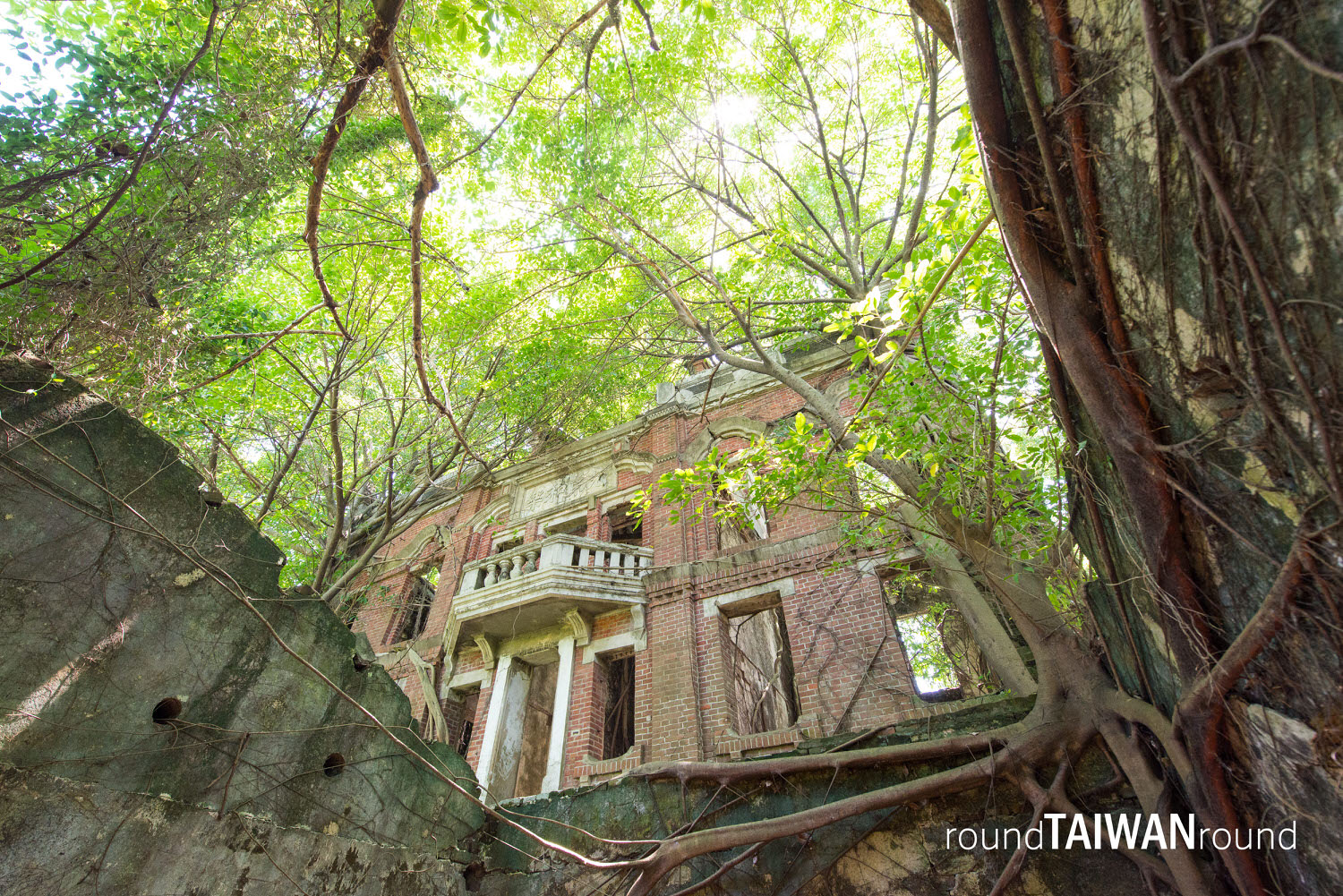 9
9Minxiong Haunted House
The three-story baroque mansion built in 1929 used to be the residence of a great landlord family—the Liu family. In those days, it's quite common for wealthy families to hire a few servants, and it is rumored that the landlord himself fell in love with a maid and slept with her as their love grew. Unfortunately, the landlord's wife found out this and started torturing the maid whenever it's possible. Finally, unable to bear the physical and mental torture, the maid threw herself into a well in the garden. Since then, peace was never found in the family. Every night when the landlord and his wife fell asleep, the wronged spirit appeared in front of their bed. As a result, the Liu family was forced to move, while the mansion was emptied and left behind. In the following years, whenever people visit here in the middle of night, they always heard shrilling howls of ghosts. Those who came near the well were struck by bad luck. After they left the old Liu’s mansion, they were either killed by a car or suddenly died in an accident. Those who were less unfortunate would at least suffer from a serious illness. As a consequence, the notoriety of Minxiong Haunted House spread like wildfire.
However, it was later verified that these rumors were not the truth. The Liu family moved to the downtown and left the ancient mansion for their business. Later, after the KMT retreated to Taiwan, an army stayed here for a while, yet some of them killed themselves due to incurable homesickness. After that, rumors got around, distorting the truth even more, and the mansion got the name of a haunted house. In recent years, there are even some businessmen trying to take advantage of the wandering ghosts. Building a cafe beside the haunted house, it provides convenient parking spaces and a place to sit down for a rest and chat for people visiting here.
Today the walls of the mansion are sprayed with the phrase "Namo Amitabha." There are also young couples using stones to engrave proofs of their trip. The whole building is almost fully covered by giant trees. Despite of these, the red-brick main structure remains quite intact, and so do the appealing balconies and windows. Yet the floors inside have all collapsed, and the interior walls have been crumbled. But that's what makes the historical building even more sad and beautiful.
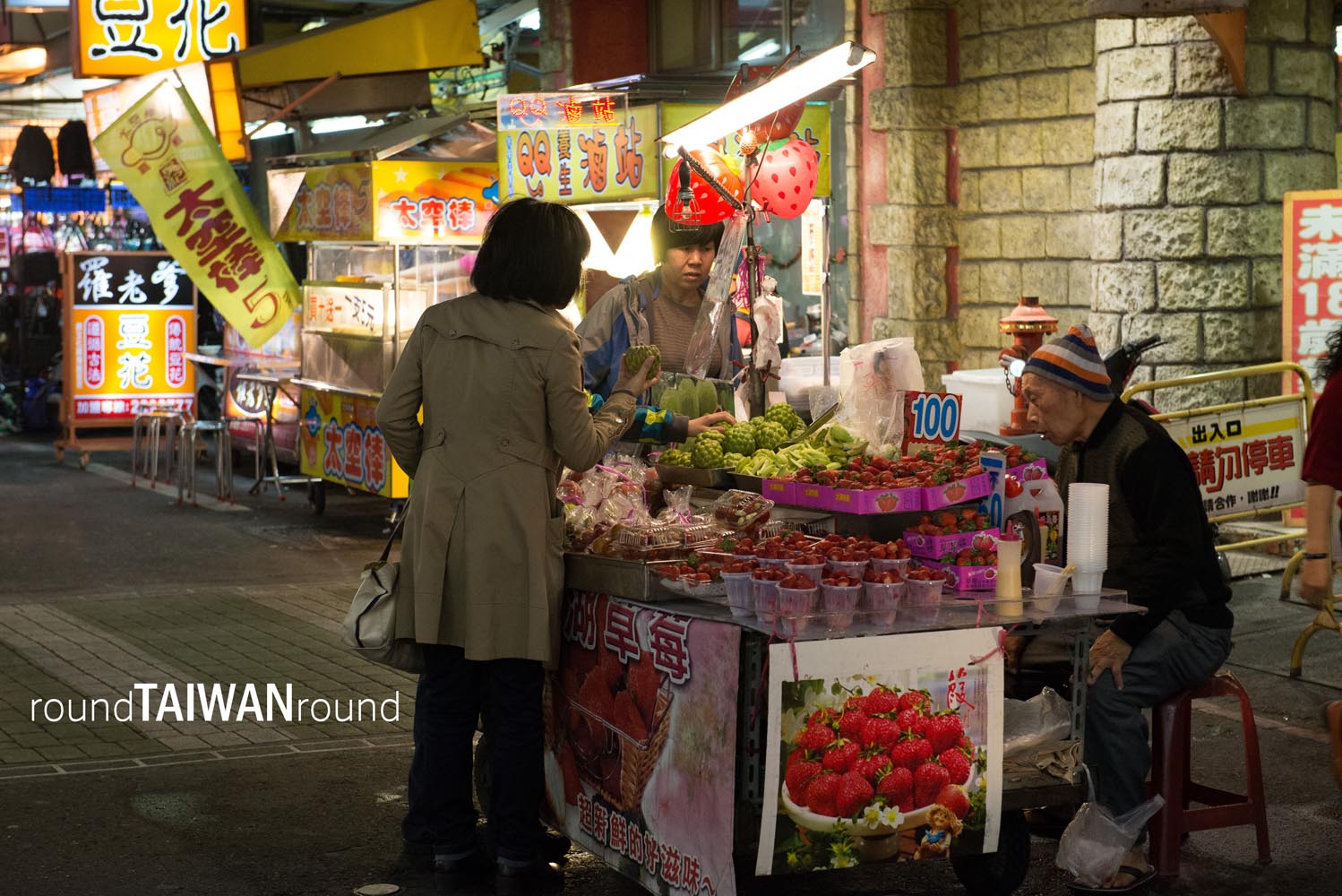 10
10Chiayi Wenhua Road Night Market
Chiayi Wenhua Road Night Market (嘉義文化路夜市) is the most bustling night market in Chiayi, offering local delicacies that you can only find in Chiayi. A must-try is the ""Penshui Turkey Rice,"" ""A'an Rice Cake,"" ""Yuxiangwu,"" and ""A'e Douhua."" The night market operates 24 hours, so whenever you feel hungry, you can step into the night market and savor the authentic street food.
Yuxiangwu is known for serving the best grapefruit green tea in Taiwan. However, the most famous and cannot be missed dish is the ""Lin, Cong-ming Fish Head in Casserole."" The fish, caught from Zengwen Reservoir, is deep-fried and seasoned with Shacha sauce before being cooked in a flavorful broth with various vegetables. The rich and delicious taste of this dish is unforgettable.
Another unique feature of this night market is its transformation throughout the day. During the day, you'll find clothing stores and fruit stands, while sweetmeat shops open in the afternoon. As night falls, small eateries take over, staying open until the early morning when breakfast joints start operating."\
Chiayi Travel Guide| Local Insights & Travel Tips

Alishan Two-Day Tour Guide|The Best Way to Fully Experience Taiwan’s Mountain Paradise
How to have the most relaxed 2-day trip to Alishan? Don't worry, we've got it all sorted out for you! On the first day, enjoy the Forest Railway and tea fragrance tour, staying overnight inside the Alishan Recreation Area. The next morning, wake up easily to watch the sunrise and visit classic attractions like the Giant Tree Cluster and Sisters Ponds. This itinerary covers food, accommodation, and activities, so you don’t need to worry about route planning—just relax and enjoy the beautiful scenery and culture of Alishan!
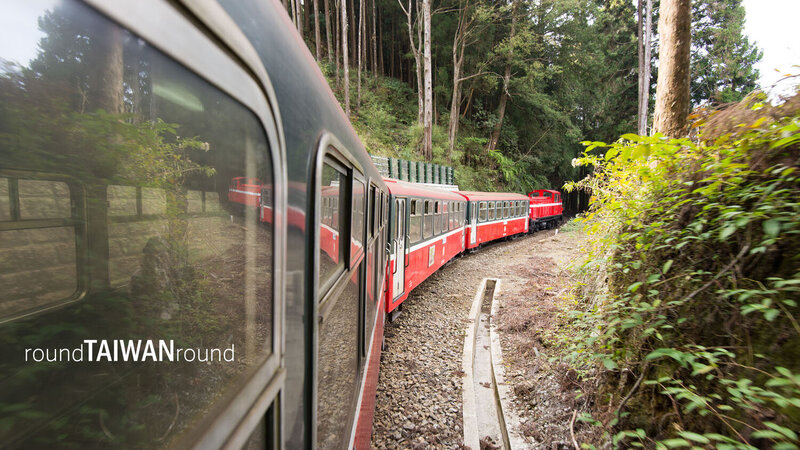
Alishan Forest Railway: A Classical Train Adventure in Taiwan’s Highlands
The Alishan Forest Railway is one of Taiwan’s most iconic travel experiences, offering visitors a scenic journey through lush mountain forests, misty landscapes, and charming old stations. Built during the Japanese colonial era, this historic narrow-gauge railway has become a must-visit attraction for travelers from the United States, Japan, South Korea, Hong Kong, and Singapore. Whether you’re here for cherry blossoms in spring, the sea of clouds in autumn, or Alishan’s famous sunrises, riding the Alishan Forest Train is both a nostalgic and breathtaking adventure. In this guide, you’ll learn everything you need to plan your trip—routes, schedules, ticket booking, transportation options, and local tips—so you can make the most of your visit to this world-class mountain railway in Chiayi County.


